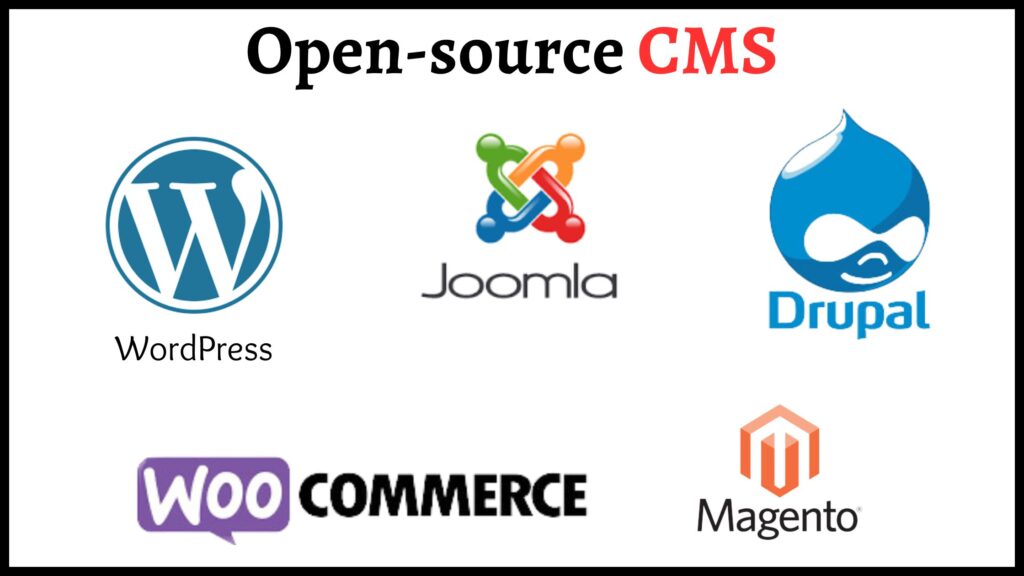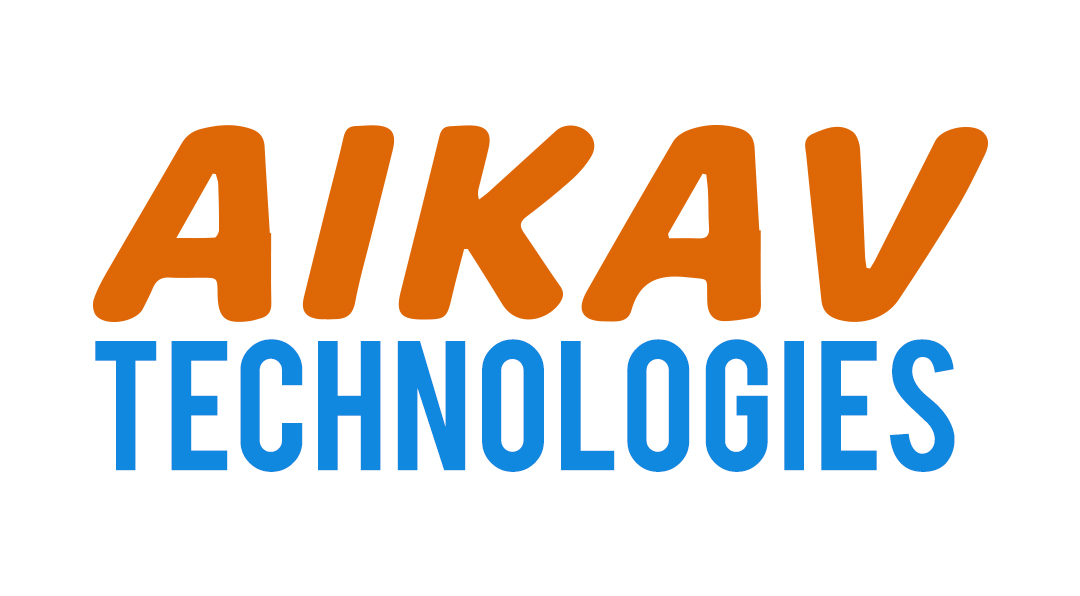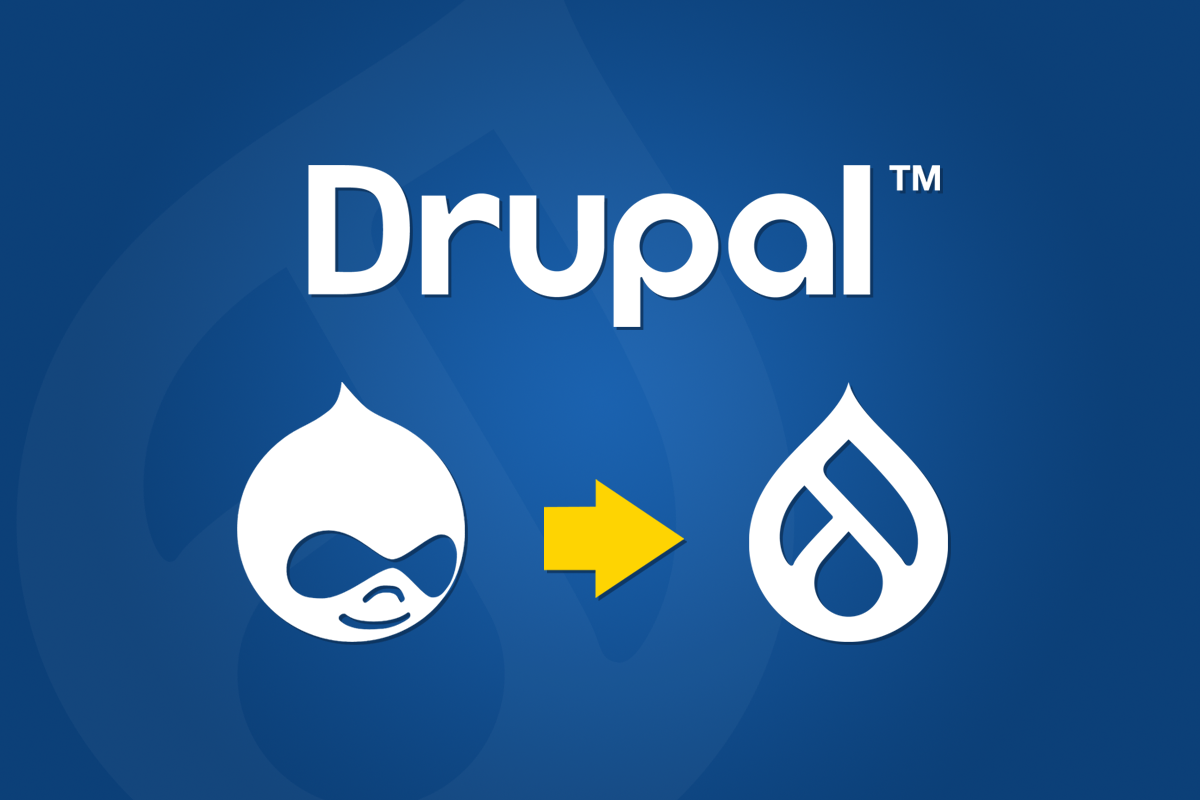
Migrating your website to a new version of Drupal can be an intimidating task, especially when it comes to ensuring a smooth transition while preserving all the features, content, and performance optimizations. With the release of Drupal 11, many website owners and developers are wondering how this version differs from Drupal 10 and what changes will affect their migration path.
In this article, we’ll break down the key differences between Drupal 11 and Drupal 10, helping you understand the migration process, the new features, and any potential challenges you may face.
1. Backward Compatibility and Upgrade Paths
One of the primary considerations when migrating from one version of Drupal to another is backward compatibility and the upgrade path. Fortunately, Drupal 11 continues Drupal’s commitment to backward compatibility, but there are some key changes to be aware of.
Key Differences:
- Drupal 11 is not a major overhaul: Drupal 11 is not as significant a jump as some previous versions. It is an evolution of Drupal 10, focusing on refining and improving features rather than introducing radically new architecture.
- Automatic Updates and Support: Drupal 11 continues the automatic update initiative introduced in Drupal 9, which makes upgrading easier for site administrators. However, Drupal 10 users will likely have fewer migration hurdles compared to Drupal 8 or earlier, as the changes from Drupal 10 to Drupal 11 are mostly incremental.
Important Note: While Drupal 10’s migration to Drupal 11 should be straightforward, sites running older versions (e.g., Drupal 7 or Drupal 8) will still face some challenges, as many modules and themes will need to be updated or replaced.
2. Deprecated Code Removal
Drupal 11 takes the deprecation process further, removing deprecated code from Drupal 10 and finalizing the transition. This is an essential step in ensuring Drupal’s continued evolution.
Key Changes:
- Final Removal of Deprecated APIs: If you’re using deprecated code from Drupal 9 or 10, these APIs will be removed in Drupal 11. This will require developers to update custom modules and themes to ensure compatibility with the new version.
- Composer-Based Upgrade: As Drupal 11 moves forward with Composer for dependency management, you’ll need to ensure your site’s dependencies are compatible. The drupal/core-recommended package in Composer ensures all the required packages for Drupal 11 are up-to-date.
If you're migrating from Drupal 10, you’ll need to carefully check for deprecated API usage and update any custom code or third-party modules that might still rely on deprecated functionality.
3. Theme and Front-End Changes
Drupal 11 introduces some significant changes to the theme layer, especially in terms of modern front-end technologies and visual improvements.
Key Features:
- Better JavaScript Framework Integration: Drupal 11 enhances the integration with modern JavaScript frameworks like React and Vue.js, which will make it easier for front-end developers to build dynamic, interactive websites. This is especially helpful for headless Drupal (decoupled) projects.
- Out-of-the-box Admin UI Improvements: The Drupal 11 admin interface has received a major overhaul, providing a more intuitive, user-friendly experience. For example, the Admin Toolbar has been enhanced to make navigation quicker, and the Layout Builder has seen significant improvements in usability.
If you are using Drupal 10 themes or custom themes, it’s important to test them with Drupal 11 to ensure compatibility, as there may be changes in how themes handle the front-end technologies or new default UI features in Drupal 11.
4. Media Management and Performance
Drupal 11 continues to evolve the media management capabilities introduced in Drupal 10, with further refinements for both media handling and site performance.
Key Features:
- Improved Media Library: Drupal 11 improves on the Media Library introduced in Drupal 10, providing a more flexible and intuitive interface for managing all types of media, including images, videos, and documents. The drag-and-drop functionality has been enhanced, and batch uploading is now easier.
- Performance Optimization: Drupal 11 introduces performance optimizations for faster loading times, including lazy loading for images and automatic image resizing based on device type. These optimizations help improve the speed of your site, which is important for user experience and SEO.
If your site is heavily reliant on media, such as images and videos, it’s essential to test how media is handled and how these new optimizations affect page load speeds.
5. Improved Content and SEO Features
Content creation and SEO are essential for the success of any website, and Drupal 11 introduces new features to improve these aspects of your site.
Key Features:
- Improved Content Layouts: Drupal 11 continues to improve the Layout Builder that was introduced in Drupal 10. With a more intuitive interface, users can easily create custom layouts for their pages without writing code.
- SEO Enhancements: Drupal 11 builds on the SEO capabilities introduced in Drupal 10, improving integration with Meta Tags, XML sitemaps, and structured data. It will be easier to manage SEO tags and metadata, which can improve your site's visibility on search engines.
If you’ve already set up content and SEO strategies on Drupal 10, migrating to Drupal 11 will offer enhancements that streamline these processes, especially for large sites with complex content types.
6. Security and Accessibility
Security and accessibility are two pillars of Drupal's core philosophy, and Drupal 11 continues to improve in these areas, providing more tools for securing your website and ensuring it meets accessibility standards.
Key Features:
- Enhanced Security: Drupal 11 introduces further security improvements, such as tighter control over content and better permission handling, making it easier for site administrators to manage roles and access.
- Improved Accessibility: As with every Drupal release, Drupal 11 places a heavy emphasis on web accessibility, ensuring that your site meets WCAG 2.1 standards and is easier for all users to navigate, regardless of ability. This can help ensure that your site is compliant with legal standards and more user-friendly.
If your website needs to meet accessibility requirements or focuses on security, Drupal 11 brings enhanced features that ensure your site is both compliant and secure.
7. Migration Tools and Process
Migration from Drupal 10 to Drupal 11 is expected to be much smoother than earlier upgrades due to better support for tools like Migrate API and Drupal’s built-in update process.
Key Features:
- Migrate API: The Migrate API continues to improve, making it easier to migrate content and configuration between Drupal 10 and Drupal 11.
- Upgrading Modules: Most Drupal 10 modules will be compatible with Drupal 11, but you will need to ensure that any third-party modules or custom modules are updated to support the new version.
Drupal 11’s migration tools should help developers transition without the headache of manually moving content and configurations. However, it’s still critical to run tests and verify everything is working correctly before the official migration.
Conclusion
The transition from Drupal 10 to Drupal 11 is a relatively smooth process, with incremental improvements that build on the changes made in Drupal 10. These upgrades will enhance your site's performance, security, media management, SEO capabilities, and overall user experience. While migrating from Drupal 10 to Drupal 11 doesn’t require a massive overhaul, it’s still important to test your site for compatibility, update custom modules, and make use of the improved tools and features.
Recent Blogs

The essence of open source cannot be denied in present world. Almost all the popular…Read more

